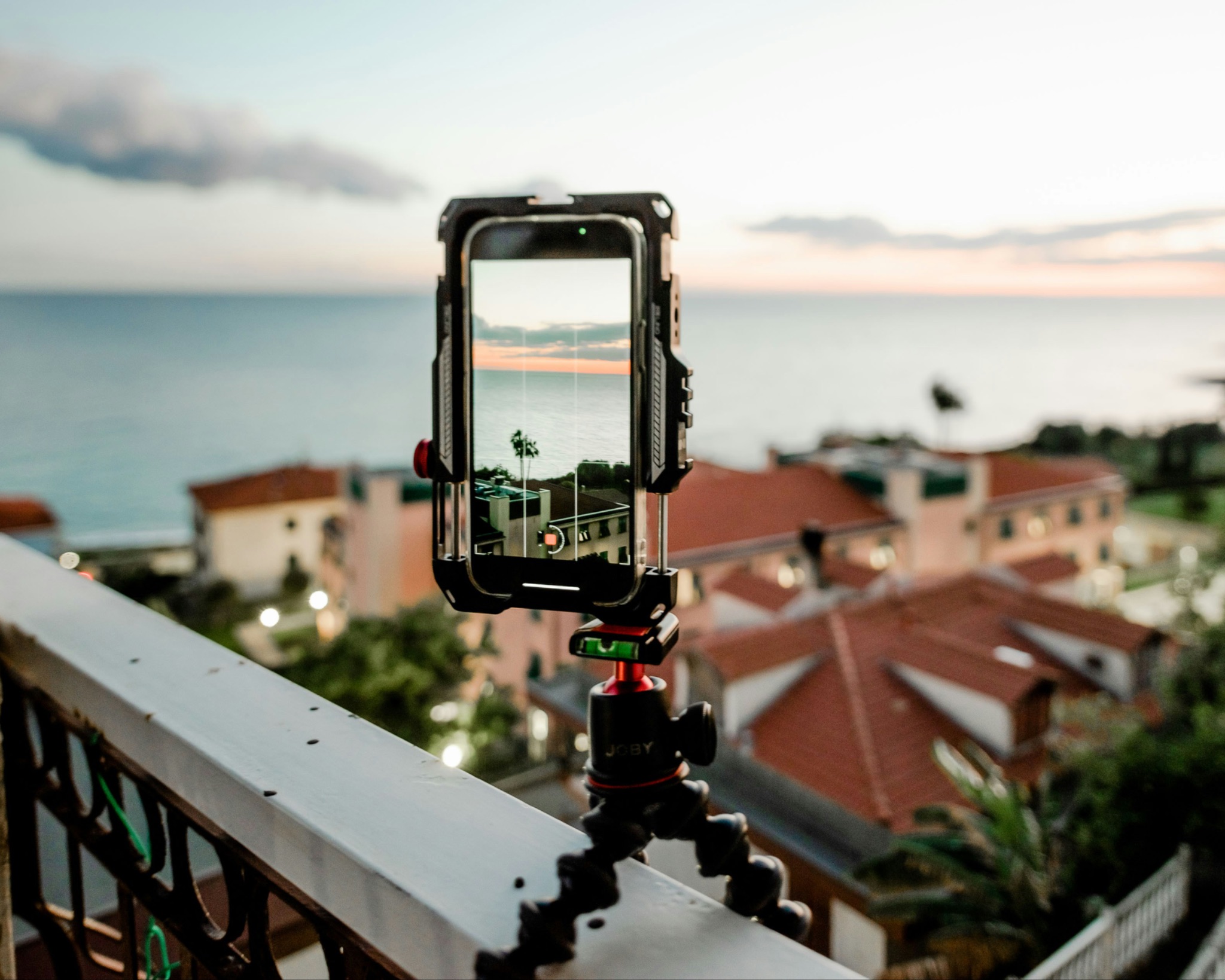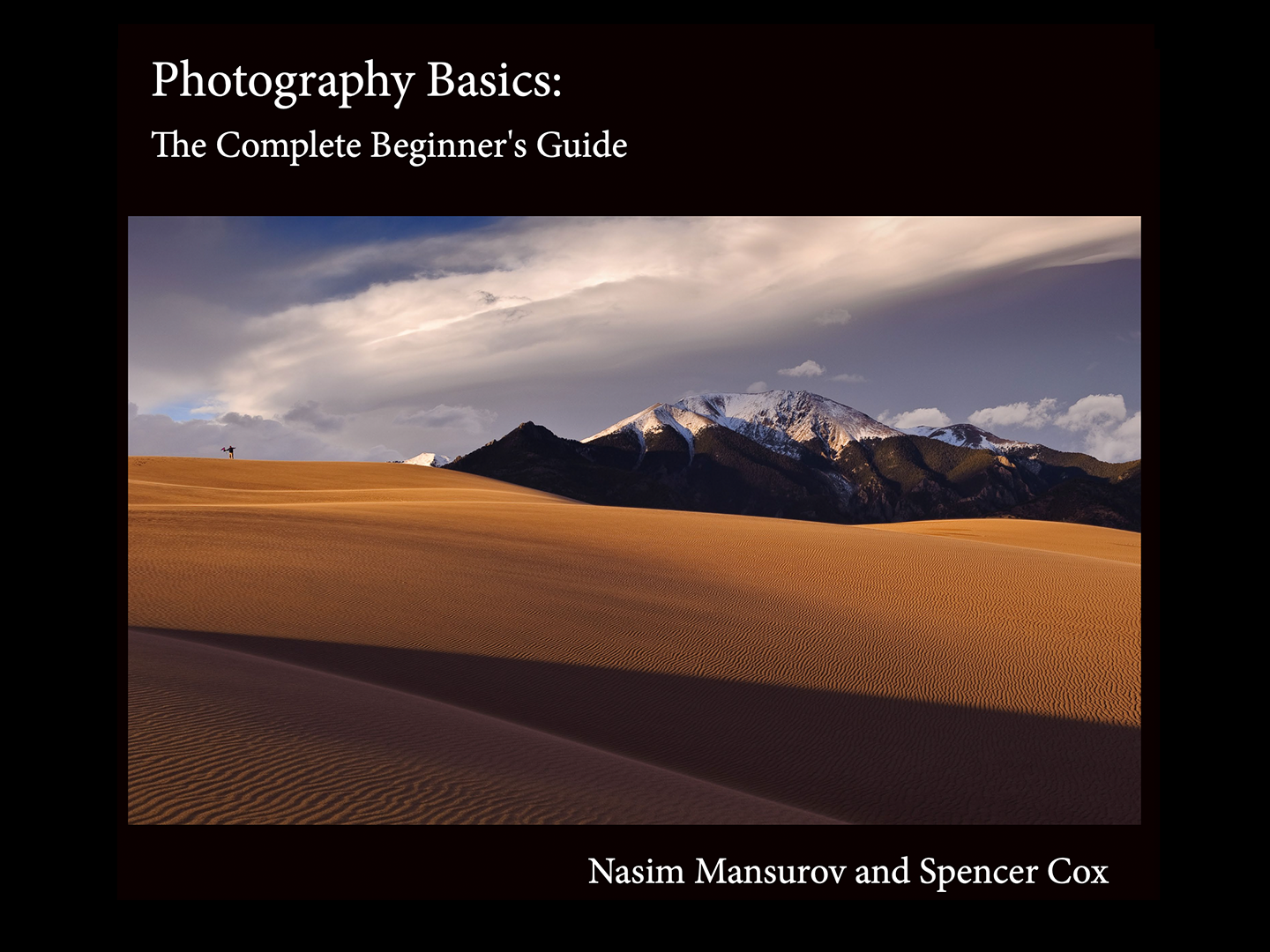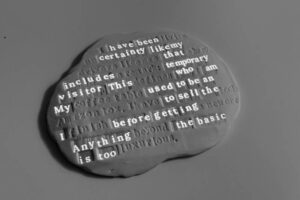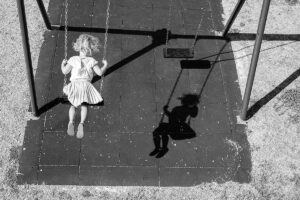![]()
Small drones aren’t a new concept, but when they’re dependable in creating content, they change perceptions, which describes the DJI Neo in a nutshell. As much as DJI has captured so much of the consumer drone market, the Neo also feels like a response to what others have done.
The HoverAir X1 and newer Pro and Pro Max stand out as examples because they helped present the concept behind a handheld drone as an effective imaging tool. DJI is running with this in a way that makes it very accessible — not to mention affordable with the $179 starting price.
![]()
For this review, I got to test out the $319 Fly More Combo, which includes the RC-N3 Controller and two extra batteries (with a charging dock). Both accessories impact what the Neo can do and how you utilize it in the field, but the basics still apply no matter which package you buy. Not everything about the experience trends positively, yet it’s hard not to like what you get once you give it a try.
Design and Build
Two important details stand out off the bat. One is that the Neo is small enough to take off and land in the palm of your hand, and the other is that its 135-gram weight means you don’t have to register it with the government in the U.S. or Canada. Falling well below the 250-gram limit, regulators don’t need to know you have it, which means no need to get a drone pilot’s certificate or license. This is as plug-and-play a lightweight drone as you’ll find, much like its direct competitors.
You must still be mindful about following local and federal laws, so it’s not a free-for-all. It sure feels like one at times, though.
![]()
To help out, DJI places several different limits and guardrails, both physical and digital, on how the Neo flies. The DJI Fly app (iOS or Android) will always notify you if you’re in a restricted area, yet not ground the Neo in all but the most restricted spots (like an airport). Those are on top of the applicable differences when piloting it from the Fly app or the RC-N3 Controller.
On the physical side, you have obvious propellor guards you can remove, though I advise leaving them on if you want to maintain some protection. The drone itself is primarily plastic and not all that rugged. Plus, without any obstacle avoidance sensors onboard, the Neo doesn’t know if it’s about to crash in any particular direction. A headlong collision into a wall or tree isn’t likely to bode well for it. I didn’t tempt fate to find out, either. DJI includes extra propellors in the box to replace any damaged ones.
![]()
The sensors that matter here are the ones underneath, knowing the takeoff and landing points. That could be your hand or any surface, opening up options to deploy the Neo under varying circumstances. DJI even designed this drone to fly straight from the top side control panel, letting you choose among the displayed modes and have it fly an automated path focused on you.
Camera Features
The camera comes with a protective shield you need to remove before takeoff. The gimbal moves on a Y axis, so the vertical range is roughly 90 degrees, either up or down. It’s a 12-megapixel Type 1/2 image sensor with f/2.8 aperture that can capture still JPEGs (no RAW) and record video up to 4K resolution at 30fps. Electronic image stabilization (EIS) sets the aspect ratio at 16:9 (3,840 x 2,160), whereas disabling it gives you a 4:3 aspect ratio at 3,840 x 2,880. You get a 117.6-degree field of view amounting to a 14mm equivalent. MP4 files output in either H.264 or H.265 with a max bitrate of 75Mbps.
You can also record footage at 1080p and 60fps if you want a faster frame rate and are willing to reduce the resolution. A subsequent firmware update enables the Neo to record footage in 1080p at a 9:16 aspect ratio (30fps, 50fps, or 60fps) for social media. Still, photos leave you fewer choices, though the automated flight modes also work for photography, snapping pics as it stays focused on you or the subject you select.
![]()
Not surprisingly, the Neo lacks the more sophisticated imaging pipeline of its larger and more expensive drones. That’s expected given the price and size, so photos and footage come with some caveats. The sensor is too small to do justice to low-light and night images, making this more of a dawn-to-dusk toy to play around with.
It has 22GB of onboard storage to keep the photos and video you capture, which you can then transfer over to your phone or tablet on the fly. By default, the Neo has a 2GB cache capacity for video, offering options up to 16GB. The ad hoc Wi-Fi Direct connection between the Neo and your mobile device ensures fast transfers, though you’ll want to be sure you have plenty of storage on the latter as well.
Setting Up to Fly
How you fly the Neo depends on both your intent and the package you have. You can always pilot the drone with the Fly app, which is the easiest way to select and manage the AI-assisted tracking modes. Alternatively, the Fly More Combo lets you take over manually with the RC-N3 Controller, while the $509 Motion Fly More Combo gives you the Goggles N3 and RC Motion 3 handheld for more of a virtual reality-style piloting experience. You can always buy the missing accessories separately if you want to expand things since the Neo communicates with all of them.
![]()
Setting up the Neo isn’t all that hard through the Fly app. Once firmware updates are finished, you can put it in the air in less than 10 minutes. A quick tutorial goes over some basics and control details to help get things started, which is excellent for novices with little to no experience flying a drone. You can dive much deeper through the detailed tutorials (there are 30 as of this review) that cover everything from setup, app features, flight details, safety tips, and file management.
This is partly why DJI imposes pretty strict limits by default. If the Neo takes off from your hand, it can’t go higher than about 98 feet (30 meters). You can’t do anything about that within the app when it’s the only way you’re piloting it, much like lateral distance also has its own caps. The furthest any of the automated modes will go is 65 feet (20 meters), limited to Circle, Boomerang, and Helix. Manual Control lets you reach the 98-foot limit, except the onscreen touch controls are nowhere near as fluid as the RC-N3 Controller.
![]()
With the Controller or Goggles N3 and RC Motion, you can set altitude as high as 500 feet (152 meters), but I would be wary of doing so because of the drone’s lighter weight. It’s more susceptible to wind gusts and gales than DJI’s other models, forcing you to guess how choppy it might be up there based on what you’re feeling on the ground. You have less to worry about in open spaces, whereas busier or elevated spots may implore a more cautious approach.
DJI tries to address that with its RockSteady and HorizonBalancing stabilization modes to keep the Neo stable in up to Level-4 wind conditions. The drone will impress in how smooth the footage looks in spite of the odd push here or there, but results may vary the higher you go. It’s just hard to get a good read unless you’re actually on-site and preview the results on your phone.
Up in the Air
As I noted before, you can access the automated modes on the drone itself or just pick them from the app. They are: Follow, Circle, Dronie, Rocket, Spotlight, and DirectionTrack. Through the app, you can also pick Boomerang and Helix. Some are pretty standard, like how Spotlight simply hovers in place and stays focused on you, or how Follow and DirectionTrack move as you move. Dronie pans away backward, while Rocket does it while elevating straight up. Boomerang and Helix use combinations of some of these other modes, making them look a little more elaborately cinematic in turn.
![]()
In the settings, DJI wisely illustrates what all of them do with short video examples. Most modes offer varying distances or elevations, like how Follow lets you choose from close, medium, or far tracking distance at a low, flat, or high height, for example. Most modes automate with video, meaning they begin recording once airborne, whereas still photos in those modes require pressing a shutter on the app.
Spotlight is an exception. Since it just hovers in place, it snaps photos after three seconds without panning, making it easier for you to position it, or yourself, at the angle you want. It’s the closest the Neo has to a “selfie mode” because it doesn’t matter whether you’re facing the camera or not. The drone only stays focused on you as the subject.
![]()
With the Controller, the app’s user interface changes as it turns the screen into a bigger live view of what the drone’s camera sees. The settings also change, but there’s far less emphasis on the automated modes this way. A switch on the front lets you choose between Cinematic, Normal, or Sports modes, all of which impact how the Neo flies while moving the joysticks. Normal is just standard, whereas Cinematic slows things down for smoother movement all around, while Sport speeds it up when you want to track something fast or active.
![]()
At its fastest under manual control, the Neo can fly close to 36 miles per hour (58 kilometers) but you’ll need to know what you’re doing if you want to avoid disastrous consequences. Whichever mode you’re in, you can use DirectionTrack to draw a box over a subject on the phone screen and the Neo will stay fixed on it. That includes humans, animals, or inanimate objects, so you can get pretty creative with it.
Voice Control
One of the cooler features is Voice Control, which is more useful while flying with the app. If you don’t want to appear holding your phone, you can tell the Neo what to do by voice. You must enable the feature on the app first, and it then responds to “Hey Fly” as the wake word. For example, saying, “Hey Fly, 4 meter Circle,” will position the drone to do just that. It needs some work, generally, but proves pretty slick when you learn all the commands.
The downside is that said commands only work when your phone’s microphone hears them. A good workaround is to wear wireless earbuds paired with your phone instead to stay hands-free, as it worked perfectly for me.
![]()
Another is to utilize DJI’s Mic 2 as a means of getting the drone to do your bidding. Indeed, the Mic 2 is a must (or a different wireless mic system) if you plan to record yourself talking while using the Neo. For one, it doesn’t record audio itself, and even if it could, the buzzing would ruin it anyway. A mic setup negates that.
Just know that you can’t tell it to snap photos using your voice. Commands are video-centric, so your only respite is to set Spotlight to pictures in the app first. That way, the mode will just snap photos on its own after three seconds in a stationary position.
Image Quality
You have to measure your expectations because the Neo can wow you in some instances and underwhelm in others. It largely depends on what time of day you choose to capture a scene. It loves good daylight and tends to work its best magic in the most ideal lighting conditions. Whether it’s a wide vista or subject in frame, results could otherwise vary. There’s not a great level of detail, all of which gets even softer the further away the subject is and the less ambient light available to the sensor. The drone’s movement also plays a role, so you may have to take multiple shots of the same scene in case one is sharper than another.
![]()
DJI offers manual settings to mitigate the camera’s weaknesses when using the Controller, letting you adjust shutter speed, exposure, and white balance. There are even sliders for sharpness and noise reduction under the settings menu.
![]()
I tried everything from sunsets to daytime shots in nature and found images often need some work in post afterward. Dynamic range is a challenge, much like noise can be in varying circumstances, including muddy details when getting closer to specific subjects. Without RAW files, you can only do so much with photos.
![]()
Even so, the imperfections are less obvious when viewing the images on the smaller mobile screens many will likely see them on. Pixel peeping undoubtedly reveals all the imperfections, though you will notice a big difference viewing them on a laptop screen compared to a social media post on a phone.
![]()
DJI clearly sees this as more of a video recording device, which makes sense considering all the movement allocated to it for perspective-driven footage. That doesn’t make it useless for photography by any means, just less equipped to automate it the same way. In fact, DJI still doesn’t let you snip a photo from a video after you’ve already recorded and saved it. Nor is it all that intuitive to do it while recording video, so if you forget altogether (like I did), you have to use a third-party app to extract a photo.
![]()
Video footage comes with the same quality compromises. You also have to make some adjustments. DJI’s “Beauty Skin” and “Beauty Body” features soften tones on people — sometimes too much, resulting in an unnatural appearance. One way to get around these things is to go into Preferences in the Album of the Fly app and ensure skin and body effects are turned off if you want to keep it all natural.
A Handy Creative Tool or Toy
As cool as the Neo is when taking off from the palm of your hand, it’s even cooler to see it land there. Just place it under the drone (when it’s close enough), and it will settle in and stop spinning. That alone turns some heads, much like the drone does when using it in public, flying one of the automated modes.
If anything, this drone is an open invitation to solo acts. You can take photos and videos of yourself or anything else without another soul helping you. I can see it being valuable while traveling, especially in more remote areas where capturing stunning scenery without a perch can be tough. It’s hard to argue with a device that makes creativity feel both seamless and inspiring.
![]()
I can also see the potential for annoyance and abuse, so it’s a double-edged sword. DJI can’t impart much to protect pilots from themselves or whoever might have the misfortune of getting in the way of reckless use, but we’ve seen influencers make all sorts of poor — sometimes fatal — decisions out in the wild. The Neo might inspire more of that kind of head-scratching insanity.
![]()
I recommend getting at least the Fly More Combo because, on top of getting the Controller, the two extra batteries are also crucial. DJI rates flying time at 17 minutes per charge (18 without the propeller guards), but you’re not likely to get there unless you’re in the most ideal conditions. Two batteries provide a solid backup to keep going in all situations.
Are There Alternatives?
The most significant alternative has to be the HoverAir X1 Pro or Pro Max. There are differences between the two variants, but the general idea is the same: a handheld drone with many automated features. The X1 Pro starts at $499, while the Pro Max starts at $699, each going up if you go for combos that include additional accessories.
You could also opt for the standard HoverAir X1 starting at $299, going up to $359 for the Combo Plus, which adds two extra batteries.
DJI also has the Mini 3 and Mini 4 Pro as small options falling below 249 grams. They’re more expensive yet have better cameras, further range, and longer battery life.
Should You Buy It?
Yes. The DJI Neo won’t be as intimidating as other drones because of the veritable training wheels placed on it. It’s also much cheaper and far more adaptable to both pilot and location, making it a win-win in most cases.










 English (US) ·
English (US) ·